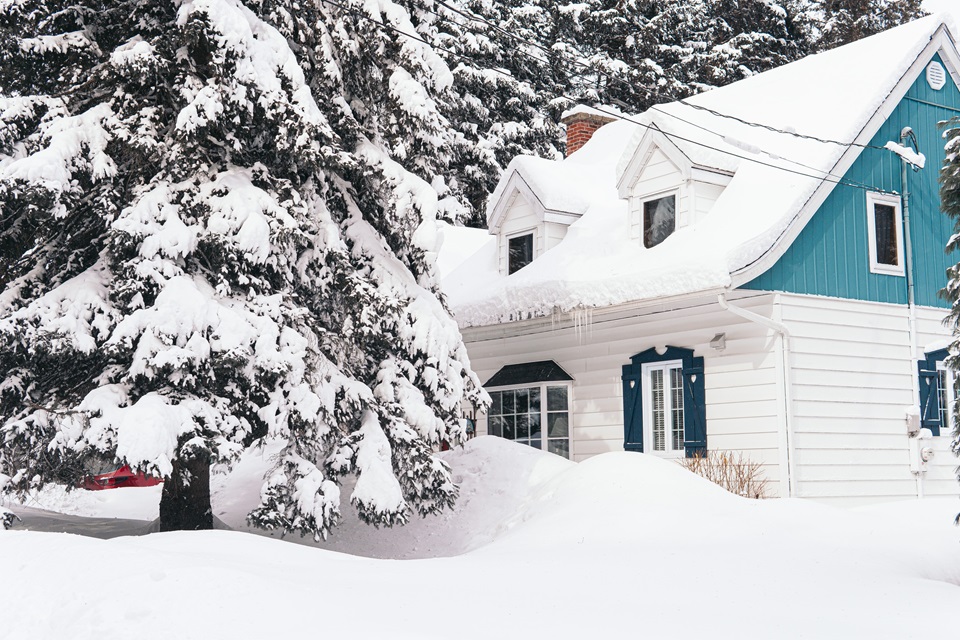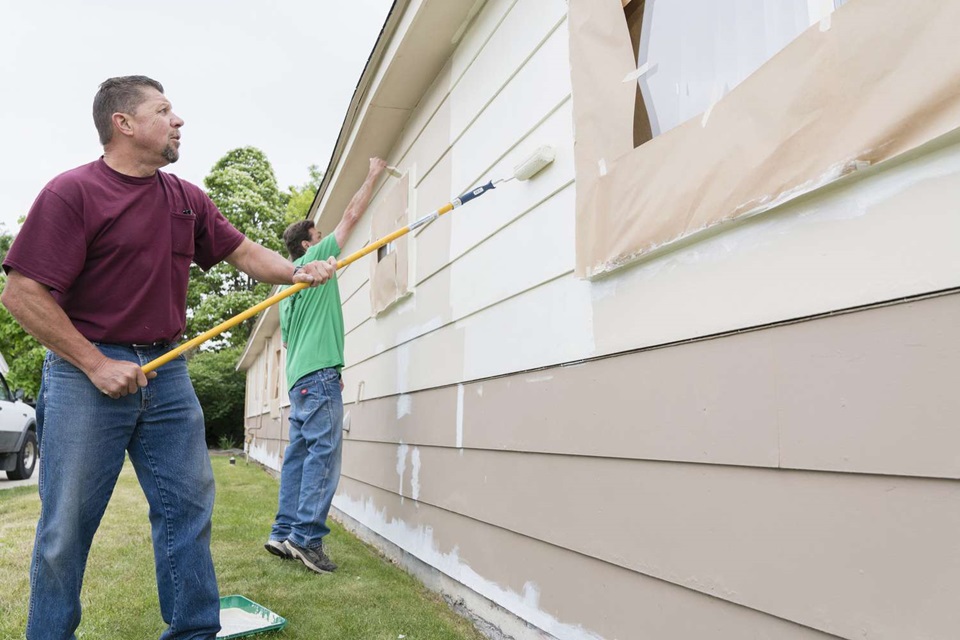
Snow and ice buildup on a roof can create significant stress and should be removed promptly to prevent damage. However, removing too much snow can damage a building or cause it to collapse.
The weight of a specific snowfall will vary depending on the depth and density of the snow. To help you safely determine how much snow your roof can handle, this calculator compares the total weight of the snow to its allowable uniform load.
Use A Yardstick To Measure The Depth Of The Snow
If you’ve ever shoveled snow, you know that the weight of snow varies based on its depth and density. Heavy, wet snow will weigh more than light, fluffy snow. But to determine the maximum snow load on a roof, you need more information than just how deep the snow is.
The slope or pitch of a roof is another critical factor. Steeper roofs allow snow, slush, and water to slide down to the ground more quickly than flat roofs.
The easiest way to calculate the maximum snow load on a roof is to use a roofing snow load calculator. Please enter the height, width, and pitch of your roof, along with your state’s average snowfall, and the calculator will tell you whether or not your structure is at risk of exceeding its permitted snow load. It also considers factors like ice buildup and structural changes over time. Using a roofing snow load calculator can save you the cost and hassle of repairing roof damage caused by imbalanced snow loads.
Use A Plastic Shovel To Measure The Weight Of The Snow
Structural engineers aren’t concerned with measuring snow depth in inches; they’re more interested in knowing how much the snow weighs. This information is vital to determining whether the roof is at risk of becoming overloaded with snow.
Using roof snow load measurement, the weight of the snow is calculated by multiplying its thickness in inches by its density, which is expressed as pounds per square foot (psf). The maximum amount of snow that can be placed on a building depends on the depth and thickness of the snow.
However, it’s essential to remember that the building’s location also affects its snow-load capacity. A house in a windswept mountainous area will accumulate a different quantity of snow than one built in the middle of a city. Even the age of the house matters, as older houses were designed according to other regulations. As a result, they may have less capacity to withstand snow loads than newer homes.
Use A Roof Pitch Calculator To Determine The Pitch Of Your Roof
Using a roof pitch calculator is the easiest way to determine the pitch of your roof. It only requires a calculator, spirit level, access to your loft area, and some maths knowledge. Start by measuring the run of your roof- the horizontal distance between the apex of the roof and the wall. Then, measure the height of your roof’s apex- the rise.
You can then use this information to calculate the slope of your roof. Enter the values into the appropriate fields in the roof pitch calculator; the results will be available in seconds!
Once you have the slope of your roof, you can use it to determine the maximum snow load it can sustain. Always take proper safety measures before working on or walking on a building’s roof. Working or walking on an overly loaded structure can lead to structural failure.
Use A Roof Pitch Calculator To Determine The Pitch Of Your Roof
Using the results of your measurements, you can determine your roof’s pitch. The pitch is the ratio of how much your roof rises for every 12 inches of horizontal distance. It is usually expressed as a fraction, such as 6:12, but you can also find it by measuring the vertical distance from your tape measure to the 12-inch mark on one of the rafters or trusses in your attic.
You can also use a smartphone to find your roof’s slope. It’s simple and safe to use, but the results are less accurate than those from a professional tool.
Once you know the pitch of your roof, you can calculate how much snow it can support without causing structural stress. Be sure to consider ice, slush, water layers, and snow since these can add substantial weight to your roof.















